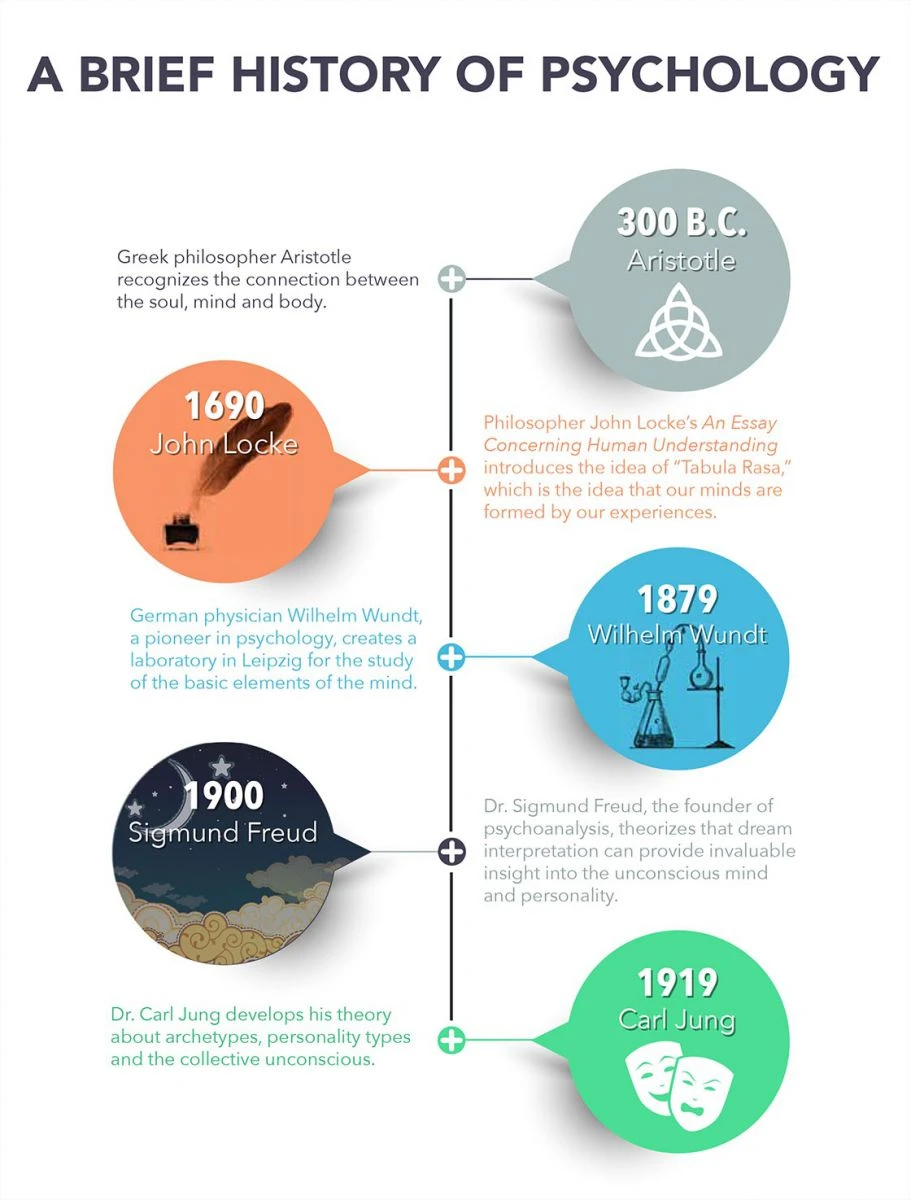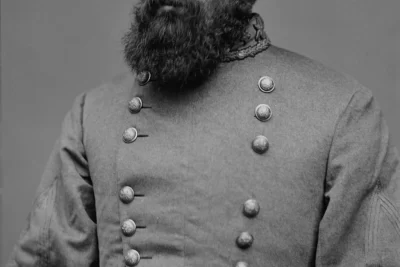
What are key historical facts about psychological connections

Throughout history, psychological connections have played a crucial role in how individuals relate to one another, especially in the context of media. One significant area of study in understanding these connections is the phenomenon known as parasocial interactions (PSIs). These interactions occur when audience members develop a sense of personal connection with media figures, ranging from television hosts to social media influencers. This seemingly one-sided relationship manifests similarly to real-life interpersonal communication and has garnered much attention from researchers and psychologists alike.
The evolution of PSIs underscores the changing landscape of media consumption. Initially characterized by its traditional forms, such as television and radio, today’s digital era has transformed the way audiences engage with media personalities. The rise of social media platforms has intensified these connections, creating complex networks of interaction and engagement, ultimately reshaping emotional bonds and public perception. As we delve deeper into the history and characteristics of parasocial interactions, we will explore their origins, impacts on viewers, and the implications for mental health and social behavior.
- Definition of Parasocial Interactions
- Historical Context: The Origins of PSIs
- The Role of Media Figures in Fostering Connections
- Psychological Characteristics of Parasocial Relationships
- The Impact of Regular Viewership on Comfort and Commitment
- Vulnerability of Young Audiences to PSIs
- Evolution of PSIs in the Digital Era
- Social Media Platforms and Enhanced Connections
- Positive and Negative Outcomes of Parasocial Interactions
- The Role of PSIs During the COVID-19 Pandemic
- Ongoing Research and Future Directions in Understanding PSIs
Parasocial interactions are defined as the one-sided relationships that individuals form with media personalities. These relationships can mimic real-life interpersonal communication, involving emotional investment and a sense of friendship, even though the media figure is unaware of the audience member's existence. This unique form of connection allows viewers to engage with celebrities, influencers, or characters in a manner that offers them a sense of belonging, comfort, and security.
The concept of PSIs highlights the interaction connection that emerges between the audience and the media figure, often fueled by direct addressing techniques, such as when a host looks into the camera as if speaking directly to the viewer. While the audience believes that they know the media figure intimately, the relationship is ultimately one-sided, often leading to emotional responses and expectations that are not reciprocated.
Historical Context: The Origins of PSIs
The study of parasocial interactions began to take formal shape in the 1950s, spearheaded by sociologists Donald Horton and R. Richard Wohl. Their groundbreaking work introduced the concept of PSIs as a way to understand how audiences engage with screen personalities. They identified that these interactions offer followers a kind of comfort, as they often fill social and emotional needs that may not be entirely met in real life.
In their research, Horton and Wohl emphasized that PSIs could lead to a deeper form of relationship known as parasocial relationships, which are characterized by high levels of emotional investment and commitment from viewers. These connections undoubtedly reflect a significant aspect of psychological connections in society as they respond to the individual's need for connection and belonging, especially during times of societal change.
The Role of Media Figures in Fostering Connections
Media figures play a significant role in fostering parasocial interactions. This responsibility is often highlighted by the strategies they employ to engage their audience. For instance, television hosts and influencers frequently utilize various rhetorical techniques, resulting in the audience feeling like they are part of an ongoing conversation or relationship. By encouraging fan participation through direct addresses, social media interactions, and emotional storytelling, they can enhance the sense of connection.
Regular viewers or followers may develop strong emotional ties to these media figures, resulting in a feeling of closeness that they mistakenly attribute to mutual understanding. This false perception creates a scenario where individuals feel as though they have a meaningful psychological connection, often leading to loyalty and commitment to the figure and their work.
Parasocial relationships possess distinct psychological characteristics that set them apart from typical interpersonal relationships. One significant aspect is the projection of personal emotions onto media figures. Viewers may ascribe empathy, affection, or even admiration toward their chosen media personalities, often viewing them as confidants or companions.
Research indicates that these relationships can fulfill various emotional needs, such as trust, support, and companionship. They also provide escapism, allowing individuals to immerse themselves in a fictional or celebrity-driven world that distracts from their daily lives. Although these connections can offer comfort, they also risk blurring the line between reality and fiction, leading to negative consequences, particularly for vulnerable audiences.
The Impact of Regular Viewership on Comfort and Commitment
Regular viewership plays a pivotal role in amplifying the effects of parasocial interactions. As audiences become consistent viewers of a particular show or content channel, their sense of intimacy with the media figure escalates. This increased familiarity often translates to heightened emotional responses, creating a strong sense of comfort and belonging.
Research demonstrates that individuals who engage consistently with specific media figures tend to experience a strong sense of commitment, which can influence their preferences, opinions, and behaviors. This phenomenon is often evident in fan culture, where loyalty may extend beyond mere entertainment to include emotional dependence on the media figure, showcasing the powerful nature of interaction connections within PSIs.
Vulnerability of Young Audiences to PSIs
Younger audiences, particularly adolescents and young adults, exhibit a high susceptibility to parasocial interactions. This vulnerability stems from their developmental stage, where identity formation and social relationships are paramount. During this period, young individuals may struggle to differentiate between reality and the curated personas portrayed by media figures.
The timing of media exposure can profoundly influence their perceptions and emotional responses. As they navigate their social landscapes, they may form strong bonds with media figures, finding solace and support in parasocial relationships that they struggle to replicate in real life. This strong pull toward media personalities can inadvertently shape their self-esteem, body image, and social behaviors, highlighting the potential risks associated with PSIs.
Evolution of PSIs in the Digital Era
The digital age has propelled the evolution of parasocial interactions, transforming how individuals engage with media figures. Traditional media platforms like television and radio have seen a significant shift towards interactive and participatory formats, greatly enhancing the audience's ability to form connections. Social media platforms allow for direct interaction between fans and their favorite personalities, amplifying the emotional biofeedback loop of recognition and engagement.
Social media platforms have opened new avenues for parasocial interactions by unraveling traditional barriers between audience members and media figures. Platforms such as Instagram, TikTok, and YouTube provide multiple channels for these figures to share their lives and engage with fans. This accessibility heightens the feeling of closeness, as users witness the daily lives of their admired personalities.
As a result, the emergence of social media has entrenched the interaction connection, creating a web of emotional links that can have both positive and negative impacts on users. While fans can find community and companionship in their shared enthusiasm, they may also fall into unhealthy comparison traps or unrealistic expectations concerning their lives.
Parasocial interactions yield both positive and negative outcomes. On the positive side, these relationships can reduce feelings of loneliness, provide emotional support, and enhance the overall quality of life for individuals, especially during challenging times. They allow fans to feel connected, often leading to increased socialization in online communities centered around shared interests.
Conversely, there are negative implications as well. For example, heightened emotional investment can lead to obsessive behavior, social isolation, or unrealistic expectations of relationships. Users may find themselves placing undue weight on the opinions of media figures, sometimes jeopardizing their mental health and self-esteem. Thus, while PSIs can be a source of comfort and connection, it is crucial to navigate them cautiously.
The Role of PSIs During the COVID-19 Pandemic
The COVID-19 pandemic marked a pivotal moment for the study of parasocial interactions, as individuals turned to media for comfort during periods of isolation and uncertainty. With social distancing measures limiting face-to-face interactions, people increasingly sought solace in media figures, finding kinship through shared experiences in a time filled with fear and isolation.
This reliance on PSIs allowed many to cope with the emotional turmoil brought on by the pandemic. Audiences engaged more deeply with their favored influencers and celebrities, creating an environment ripe for community and emotional support during an otherwise challenging time. The renewed emphasis on comfort showed how vital these interactions can be in times of crisis, prompting researchers to explore their potential as coping mechanisms further.
Ongoing Research and Future Directions in Understanding PSIs
As parasocial interactions expand with the growing digital landscape, ongoing research is critical to understanding their nuances and implications. Psychologists and sociologists continue to study the effects of PSIs on mental health, social behavior, and self-perception. Investigating how these relationships impact various demographics, especially vulnerable populations like teenagers, is essential for developing appropriate interventions and educational materials.
Future research may also focus on exploring the influence of changing media landscapes on psychological connections, assessing new platforms, content formats, and their implications for audience engagement. Understanding the multifaceted nature of PSIs could help professionals in mental health and social work devise strategies that empower individuals to navigate their media consumption mindfully.
Parasocial interactions represent a profound psychological phenomenon that bridges emotional connections with media figures and the audience. The implications of these interactions extend far beyond mere entertainment, significantly influencing individual behavior, emotional well-being, and social dynamics in our digital age. As interaction connections evolve, so too must our understanding of their impact on society and individuals, making ongoing research and inquiry into PSIs ever more crucial.
Did you find this article helpful? What are key historical facts about psychological connections See more here Education.
Leave a Reply






Related posts